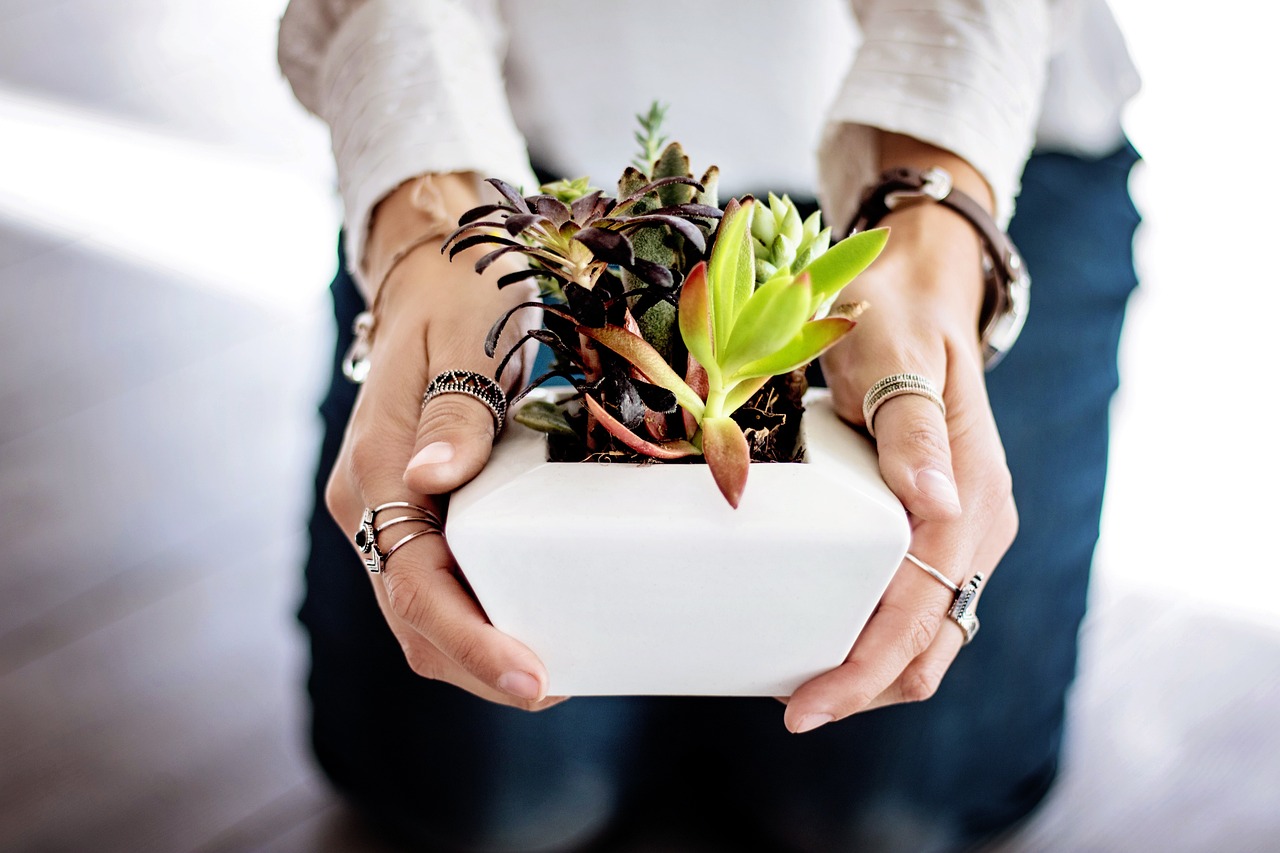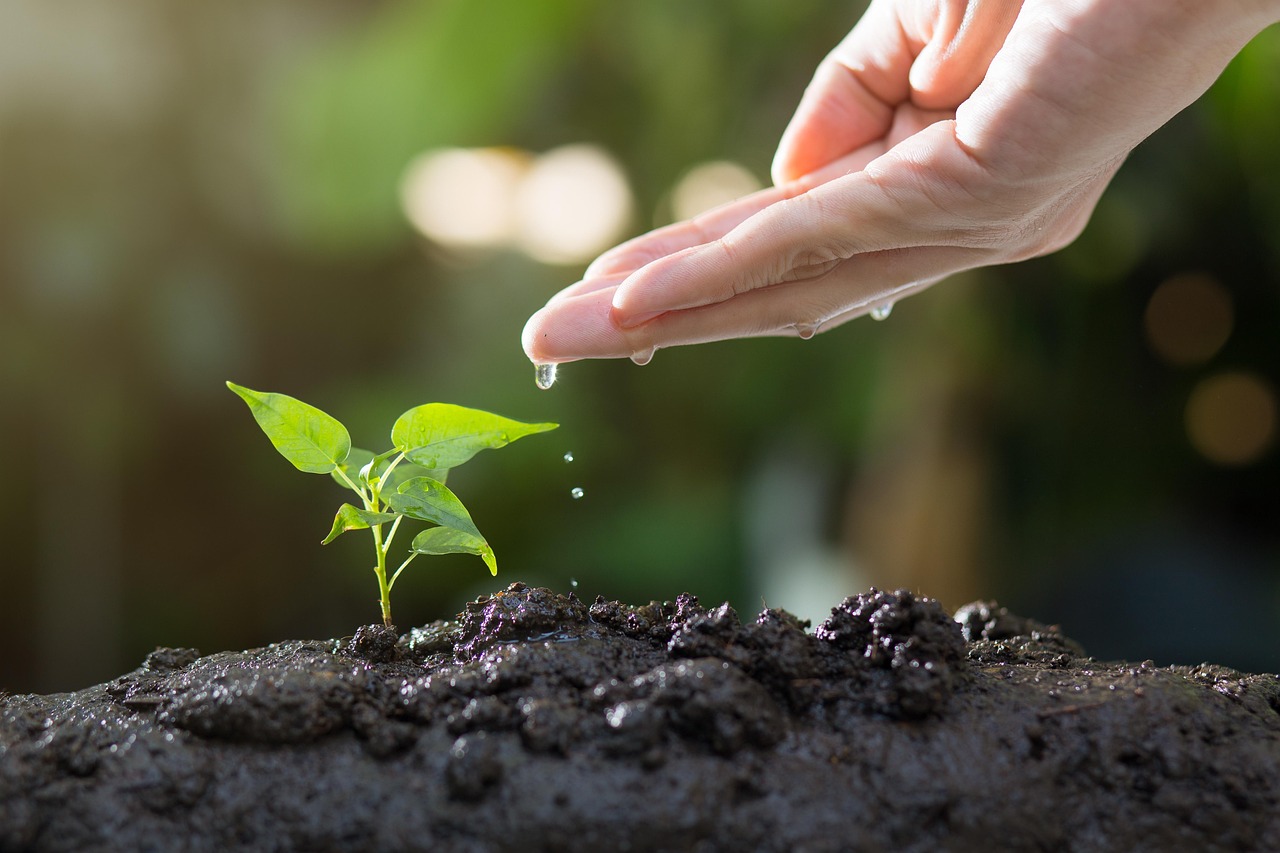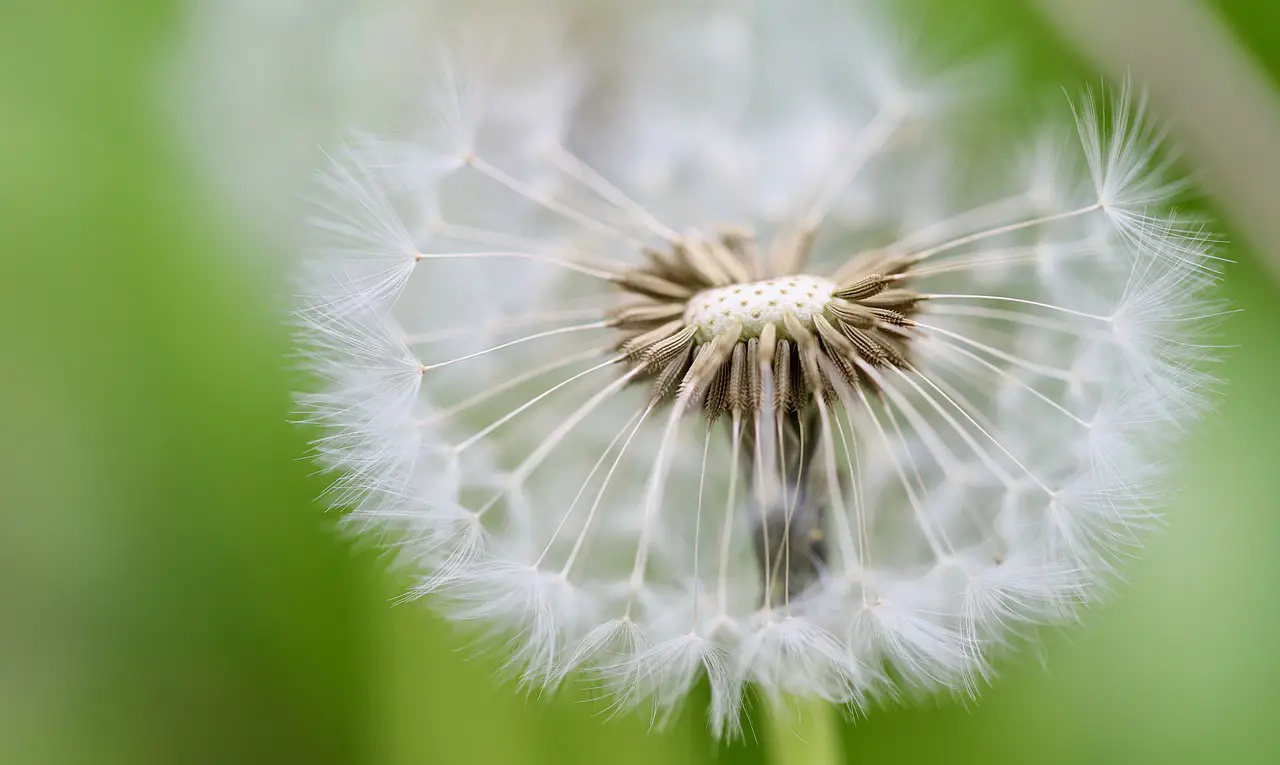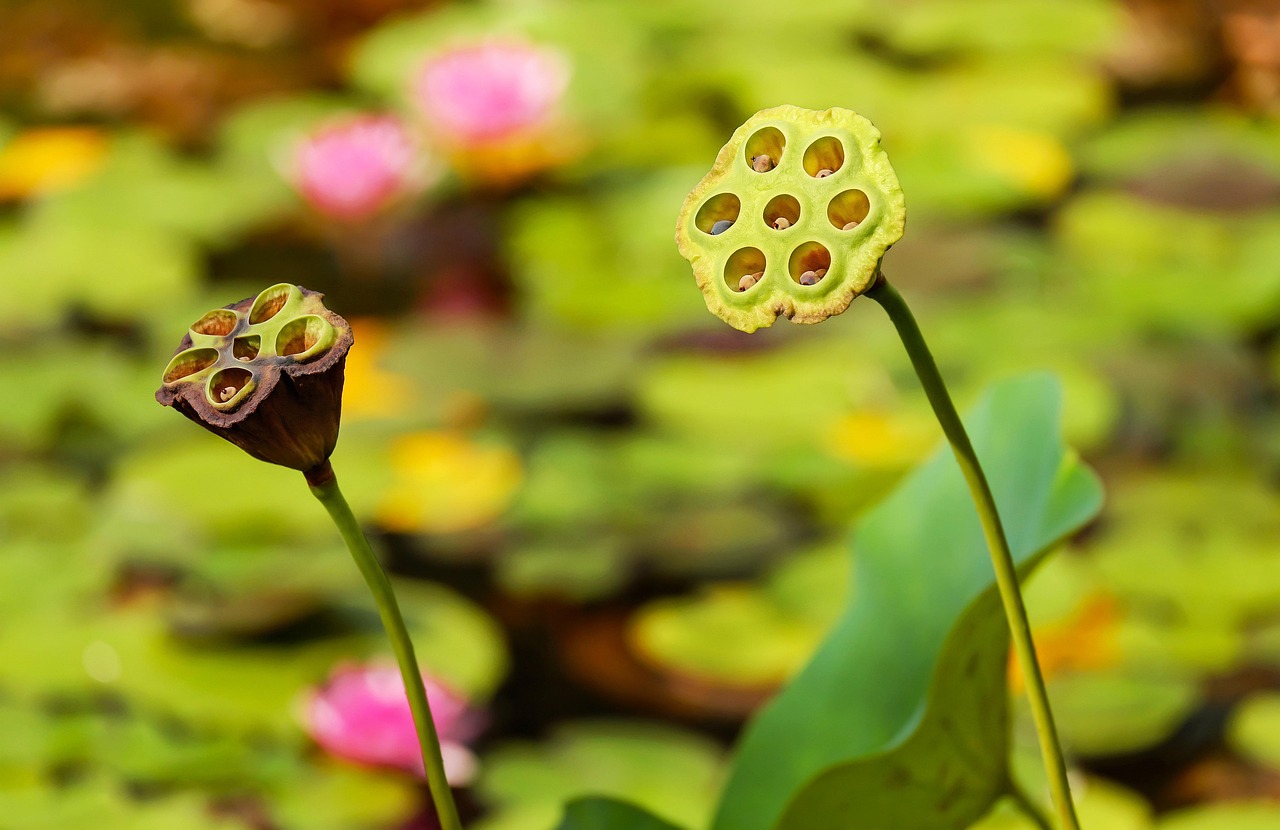Avoiding the early planting of seeds indoors is crucial for successful gardening. Planting too soon can lead to weak seedlings, increased vulnerability to pests, and wasted resources. Understanding and recognizing the common pitfalls can help ensure a thriving garden when the time is right.
Starting seeds indoors is a popular gardening practice that allows gardeners to get a head start on the growing season. However, timing is critical. If seeds are planted too early, several issues can arise that may hinder plant growth and development. It is essential to understand the appropriate timing and conditions for starting seeds indoors to achieve healthy plants.
One of the primary reasons gardeners choose to start seeds indoors is to extend the growing season. By starting seeds several weeks before the last frost date, gardeners can enjoy an earlier harvest. However, this requires careful planning and attention to detail. Each type of seed has its specific requirements regarding germination temperature and light exposure, which can vary widely.
Common Pitfalls of Early Seed Planting

There are three major pitfalls associated with planting seeds indoors too early. Each can significantly affect the health and productivity of your plants. Understanding these pitfalls will help you make informed decisions about when to start your seeds.
Pitfall 1: Weak Seedlings
When seeds are planted indoors too early, seedlings may become leggy and weak. This occurs when plants stretch towards insufficient light sources. Insufficient light leads to elongated stems and underdeveloped leaves. As a result, these seedlings may struggle to thrive once transplanted outdoors.
Pitfall 2: Increased Pest Vulnerability
Early seedlings can also become more susceptible to pests and diseases. When plants are weak, they attract pests like aphids and spider mites. Additionally, prolonged indoor conditions can lead to mold and mildew growth, further jeopardizing plant health. The longer seedlings remain indoors, the more likely they will encounter these problems.
Pitfall 3: Poor Soil Conditions
Planting seeds too early may also lead to poor soil conditions. Indoor environments can cause soil to dry out quickly or become waterlogged if not monitored closely. Overwatering can lead to root rot, while underwatering can stress seedlings. Ensuring proper soil moisture is crucial for healthy root development and overall plant vigor.
| Pitfall | Description |
|---|---|
| Weak Seedlings | Leggy plants due to insufficient light, leading to poor growth. |
| Increased Pest Vulnerability | Weak seedlings attract pests and diseases more readily. |
| Poor Soil Conditions | Inconsistent watering can result in root rot or stressed seedlings. |
Awareness of these pitfalls allows gardeners to plan better, ensuring they provide the appropriate environment for their seedlings to thrive. Timing is not merely about following a calendar; it involves understanding local climate conditions and specific plant needs.
Understanding Seed Germination and Timing
To avoid the common pitfalls associated with early seed planting, it is vital to understand the process of seed germination. Germination is the critical stage where a seed transforms into a seedling. This process requires specific conditions, including moisture, temperature, and light. Each seed type has its unique germination timeline, which can greatly influence when you should start them indoors.
Factors Influencing Germination
Several key factors significantly affect germination rates and success. Understanding these factors can help gardeners determine the best time to plant seeds indoors.
- Moisture: Seeds need adequate moisture to begin germination. Too little moisture can prevent the seed from sprouting, while too much can lead to rot.
- Temperature: Most seeds germinate best within specific temperature ranges. For example, warm-season crops like tomatoes prefer soil temperatures between 70°F and 90°F.
- Light: Some seeds require light to germinate, while others germinate better in darkness. It is essential to know the light requirements of your seeds.
- Seed Viability: Older seeds may have lower germination rates. Checking seed viability through a simple germination test can save time and resources.
Local Climate Considerations
The local climate plays a significant role in determining the right time for starting seeds indoors. Each region has its unique climate characteristics that impact plant growth. Therefore, understanding these elements can lead to better planting decisions.
The following factors should be taken into account:
- Frost Dates: Knowing the last frost date in your area is crucial. It helps identify when to start seeds indoors and when to transplant outdoors.
- Day Length: Longer daylight hours in spring can promote vigorous growth. However, if seedlings are started too early, they may not receive adequate light, leading to weak plants.
- Humidity Levels: High humidity can increase the risk of fungal diseases in seedlings. Understanding local humidity patterns helps in planning for proper ventilation and air circulation.
Choosing the Right Seeds
Selecting appropriate seeds for indoor planting is another vital aspect of successful gardening. Not all seeds are suited for early indoor planting, and some perform better when sown directly outdoors.
Here are some examples of seeds that typically do well when started indoors:
- Tomatoes: These thrive when started indoors 6-8 weeks before the last frost date.
- Pepper: Similar to tomatoes, peppers benefit from an early start indoors.
- Basil: This herb grows well indoors if started early, allowing for a robust plant by outdoor transplanting time.
Conversely, there are seeds that may not fare well if started indoors:
- Carrots: These should ideally be sown directly in the ground.
- Radishes: Fast-growing radishes are best planted outdoors after the frost.
- Lettuce: While it can be started indoors, it often performs better when sown directly into garden beds.
Understanding the specific needs and characteristics of your chosen seeds will enhance your chances of success. It is also essential to check seed packets for specific instructions regarding indoor planting and timing.

Best Practices for Indoor Seed Starting

To ensure successful seed germination and healthy seedlings, following best practices for indoor seed starting is essential. These practices help mitigate the risks of early planting and create an environment conducive to growth.
Preparing the Right Environment
Creating an ideal environment for seed starting involves controlling temperature, light, and humidity. Here are some effective strategies:
- Temperature Control: Maintain a consistent temperature in the seed-starting area. Most seeds germinate best at temperatures between 65°F and 75°F. Using heat mats can help regulate soil temperature, especially for warmth-loving plants.
- Lighting Solutions: Provide sufficient light to prevent leggy seedlings. If natural light is inadequate, consider using grow lights. Position the lights 2-4 inches above seedlings and adjust them as the plants grow.
- Humidity Management: Cover seedlings with a humidity dome or plastic wrap to retain moisture until they sprout. Once germination occurs, remove the cover to prevent mold growth.
Choosing Seed Starting Containers
The choice of containers for starting seeds can significantly impact seedling health. Containers should provide adequate drainage and be the appropriate size for seedlings. Here are some options:
- Seed Trays: These trays often have multiple cells, allowing for easy organization and care of seedlings. Ensure they have drainage holes to prevent waterlogging.
- Peat Pots: These biodegradable pots can be planted directly into the ground, minimizing root disturbance during transplantation. They work well for delicate seedlings.
- Recycled Containers: Cleaned yogurt cups or egg cartons can serve as excellent seed-starting containers if they have drainage holes. This sustainable option is cost-effective and functional.
Soil Selection and Preparation
The right soil mix is crucial for successful seed germination. Standard garden soil is often too dense for seed starting, leading to poor drainage and root development. Instead, consider these soil options:
- Seed Starting Mix: This lightweight mix is specially formulated for seed germination. It contains a blend of peat moss, vermiculite, and perlite, providing good aeration and moisture retention.
- Coconut Coir: An eco-friendly alternative to peat moss, coconut coir retains moisture well while allowing for good drainage. It is an excellent choice for environmentally conscious gardeners.
- Compost Blend: Mixing compost with a seed starting mix can enhance nutrient availability. However, ensure the compost is well-aged to avoid burning young seedlings.
Watering Techniques for Healthy Seedlings
Proper watering techniques are vital to ensure seedlings receive the right amount of moisture without drowning them. Here are some effective watering methods:
- Bottom Watering: Place containers in a shallow tray filled with water. The soil will absorb moisture from the bottom up, preventing over-saturation of the top layer.
- Misting: Use a spray bottle to gently mist the surface of the soil. This method helps maintain humidity without overwatering.
- Moisture Monitoring: Regularly check soil moisture levels by sticking your finger into the soil about an inch deep. If it feels dry, it’s time to water.
By implementing these best practices, gardeners can create a nurturing environment that supports healthy seedling growth. Understanding the nuances of indoor seed starting will ultimately lead to stronger plants ready for outdoor planting at the right time.
Additional Tips for Successful Seed Starting

Beyond the best practices discussed, there are several additional tips that can enhance your seed starting experience. These tips address common challenges and provide strategies to optimize your indoor gardening efforts.
Timing Your Transplanting
Knowing when to transplant seedlings outdoors is as crucial as starting them at the right time. Once seedlings have developed several true leaves, they are typically ready for transplanting. However, consider the following:
- Hardening Off: Before moving seedlings outdoors, gradually acclimate them to the outdoor environment. This process, known as hardening off, involves placing seedlings outside for a few hours each day, gradually increasing their exposure to sunlight and wind over a week or two.
- Weather Conditions: Monitor weather forecasts closely. Even after the last frost date, unexpected cold snaps can occur. Be prepared to protect seedlings with row covers or cloches if needed.
Record Keeping
Keeping detailed records of your seed starting process can be beneficial for future gardening endeavors. Consider documenting the following:
- Seed Varieties: Note the types of seeds planted, including their specific germination times and light requirements.
- Dates: Record the dates you started seeds and when they were transplanted outdoors. This information can help you plan better for subsequent gardening seasons.
- Success Rates: Track which seeds thrived and which did not. This analysis will allow you to refine your seed choices and techniques over time.
Common Questions about Indoor Seed Starting
As gardeners embark on their indoor seed starting journey, several common questions often arise. Addressing these can clarify any uncertainties.
How do I know if my seedlings are ready to transplant?
Seedlings are typically ready to transplant when they have developed 2-3 sets of true leaves, are sturdy, and have a healthy root system. Additionally, they should be hardened off before being introduced to outdoor conditions.
What should I do if my seedlings become leggy?
If seedlings appear leggy, it usually indicates insufficient light. To remedy this, move the plants closer to a light source or supplement with grow lights. Pruning back the leggy growth may also encourage sturdier new growth.
Can I reuse seed starting mix?
Reusing seed starting mix is possible, but it’s essential to sterilize it first to eliminate pathogens and pests. A mixture of fresh seed starting mix with reused soil can provide a good balance of nutrients and reduce costs.
Final Thoughts
Avoiding the pitfalls of early indoor seed planting requires careful planning and understanding of various factors involved in seed germination and growth. By recognizing the importance of timing, environmental conditions, and proper techniques, gardeners can enhance their chances of success.
The three common pitfalls—weak seedlings, increased pest vulnerability, and poor soil conditions—can be effectively managed with the right knowledge and practices. By focusing on creating an optimal seed starting environment, selecting appropriate seeds, and adhering to proper watering techniques, you will set yourself up for a fruitful gardening experience.
Furthermore, keeping a detailed record of your gardening activities and being proactive in addressing common issues will contribute to your overall success as a gardener. With patience and dedication, you can enjoy a bountiful harvest while avoiding the challenges associated with early planting.
